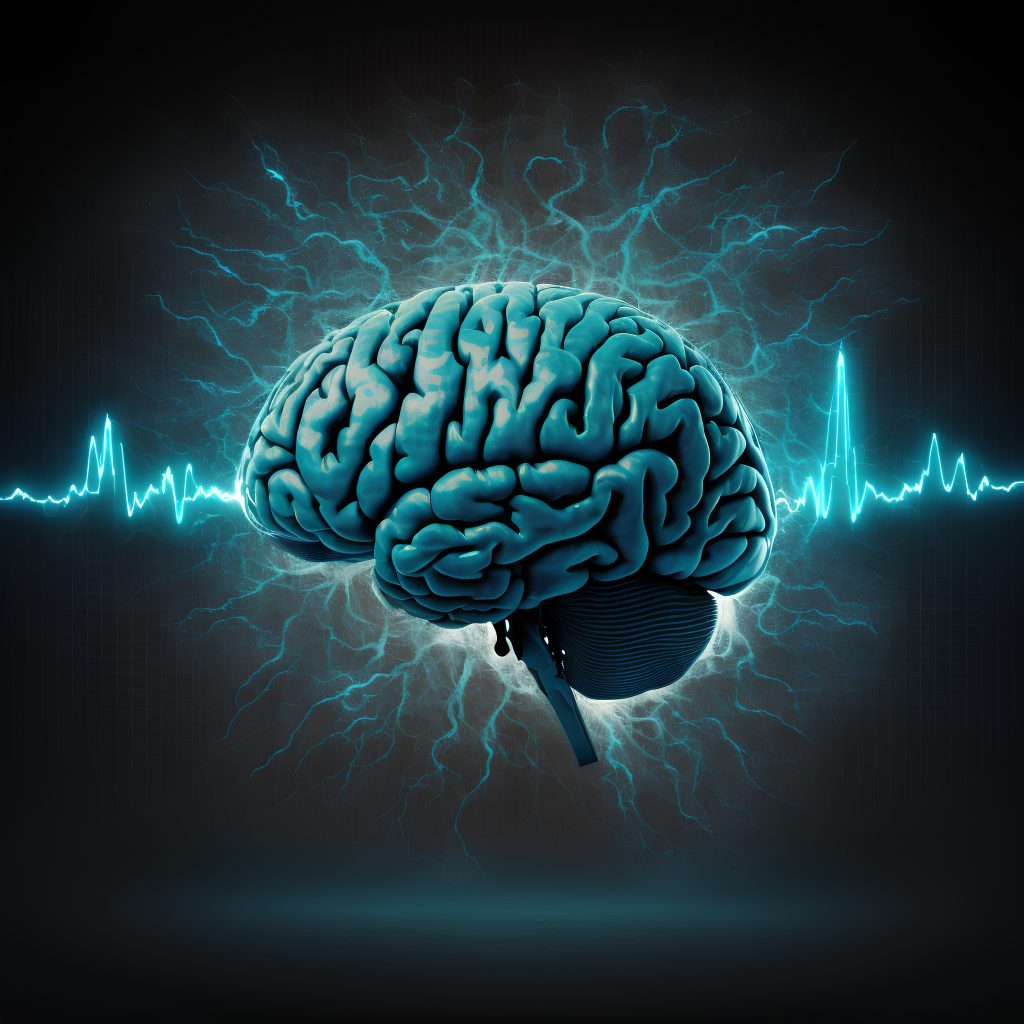Are All Addictions Alike?
Huge Meta Study Shows Surprisingly Similar Brain Scans

On September 25, Nature Health Matters journal published a new meta study that maps addiction using neuroimaging in the brains of substance abuse addicts. One fascinating result is that scientists see the same neurological impairments no matter the substance abused.
Examining 144 studies involving over 9,000 individuals, the researchers found a 91% match in the neural networks across all substances. An article by Kaitlin Vogel at Healthline quotes an interview with one of the participants in the meta study:
It was surprising to see that brain imaging abnormalities across so many different substances of abuse map to the same brain circuit,” Dr. Michael Fox, MD, PhD, a corresponding author on the paper and founding director of the Center for Brain Circuit Therapeutics at Brigham and Women’s Hospital, told Healthline. “This suggests that the same brain circuit might be a therapeutic target for treating many different types of addiction.
It’s not clear from the study or the article which substances were tested. The Diagnostic and Statistical Manual of Mental Disorders (DSM-5) lists 10 substances subject to substance abuse disorders: alcohol, caffeine, cannabis, hallucinogens, inhalants, opioids, sedatives, hypnotics and anxiolytics, stimulants, and tobacco.
It would be interesting to see the same approach to other addictions, such as eating addiction, gambling addiction, pornography addiction, and compulsive behaviors such as nail biting, hair pulling, and skin picking. According to “The Unified Theory of Addiction,” by Dr. Robert A. Pretlow, publisher of AddictionNews, the displacement mechanism underlies all these addictions and brain imaging is likely to show similar results.
The description of the displacement mechanism is eerily similar in the paper by Dr. Pretlow and the analysis of the brain study in Healthline:
[…] individuals with Substance Use Disorders have intense responses to certain external stimuli, such as passing by the liquor store, and to internal experiences, such as feelings of sadness or anger. In response, they experience powerful urges to use the given substance, and cannot stop thinking about it.
That quote is from Dr. Adam Bisaga, a professor of Psychiatry at Columbia University who was not a participant in the study. It clearly illustrates the function of the displacement formula developed by Dr. Pretlow: D = (S x C x M) – R where Displacement = the Source times the Cue times the Medium, less any Rechanneling. In the case of alcohol substance abusers, the Medium is booze, the Source is stress, and the Cue is driving past a liquor store. All three elements need to be present to trigger the Displacement of getting intoxicated, which is moderated only by Rechanneling.
This broad, significant meta study appears to confirm that there’s something similar going on with every type of addiction, no matter the substance. Could it be displacement? Stay tuned!
Written by Steve O’Keefe. Published November 16, 2023.
Sources:
“Heterogeneous neuroimaging findings across substance use disorders localize to a common brain network,” Nature Mental Health, September 25, 2023
“People With Substance Use Disorder Have Similar Brain Networks,” Healthline, September 28, 2023
“A Unified Theory of Addiction,” by Robert A. Pretlow, March 2023
Diagnostic and Statistical Manual of Mental Disorders (DSM-5)
Image Copyright: virtosmedia/123RF Free Images





2 COMMENTS